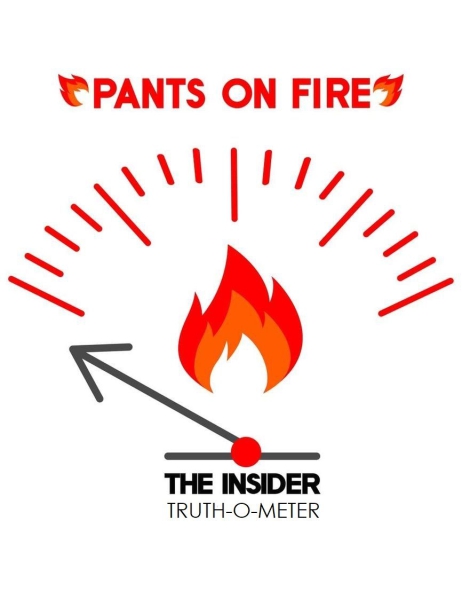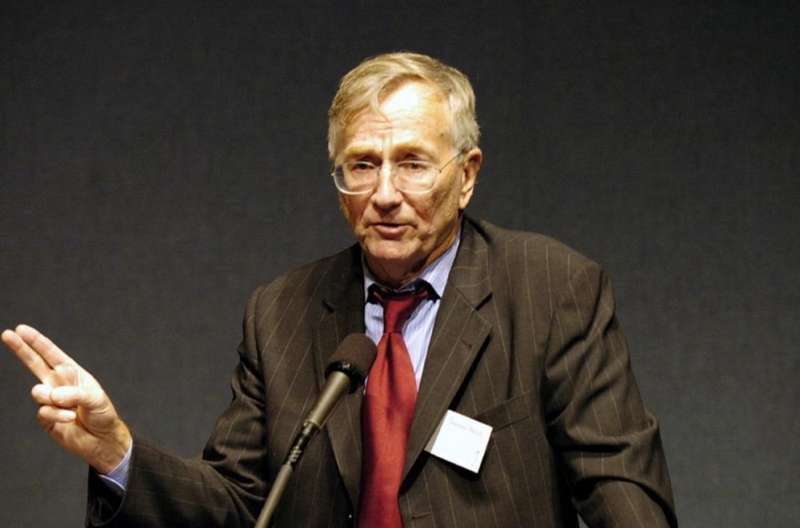Hersh claimed that in June 2022, US Navy divers placed C-4 explosive charges on the pipelines at strategic locations chosen by the Norwegians. The charges were placed under the guise of a multinational military simulation and were remotely detonated three months later by a sonar buoy dropped by a Norwegian Navy P-8 reconnaissance aircraft.
The article caused a furor – though only in Russia. Dmitry Peskov, the Russian president's press secretary, complained that this “serious publication” had not been widely circulated in the Western media, while Deputy Foreign Minister Sergei Ryabkov threatened the United States with “consequences”, and Duma Speaker Vyacheslav Volodin planned to appeal to the UN to “put Biden on trial.”

Meanwhile, the evidence cited in the “investigation” raises serious doubts. The article was published on Substack from Hersh's personal page, created a few hours earlier. All of his high-profile claims are based on a single, anonymous source.
Hersh was formerly a journalist, won a Pulitzer Prize for his coverage of the Vietnam War, and has worked for prominent publications such as The New York Times and The New Yorker. Hersh hasn't had a steady job in the past 10 years – likely because he's been spreading conspiracy theories citing “anonymous sources.” For example, he has published an entire alternative version of Osama bin Laden's murder, relying on an anonymous “retired senior US intelligence official.” He has also claimed, without evidence, that the US and Saudi governments were funding the terrorist organization Fatah al-Islam.
Hersh questioned the Bashar al-Assad regime's involvement in chemical attacks against civilians. The New Yorker and The Washington Post refused to publish his articles on the subject. Another version stated that government troops did not use sarin gas, but hit a jihadist meeting place and accidentally damaged a fertilizer warehouse, resulting in mass casualties. This publication, also based mostly on an anonymous source, was thoroughly dismantled and refuted by investigative outlet Bellingcat: Hersh's data about the place and circumstances of the attack contradicted the OPCW report, Western intelligence data, Syrian and Russian government claims, as well as satellite images.
Hersh’s publications have made him a regular guest on Russian propaganda outlet RT, where he has spread a pro-Kremlin agenda: for example, after the poisoning of former GRU employee Sergei Skripal, the journalist declared that “organized crime” was behind the assassination attempt, as opposed to the Russian authorities.

